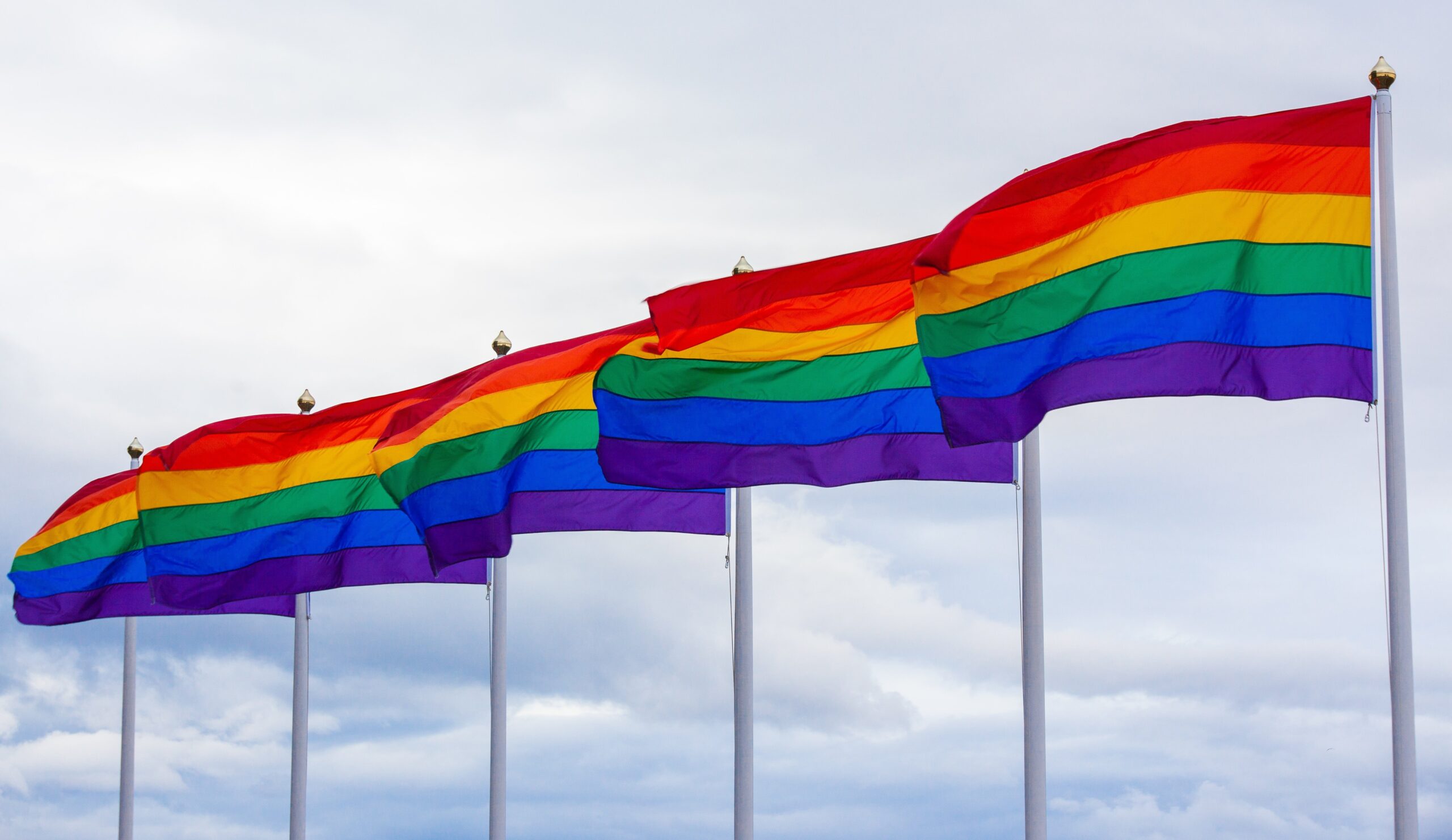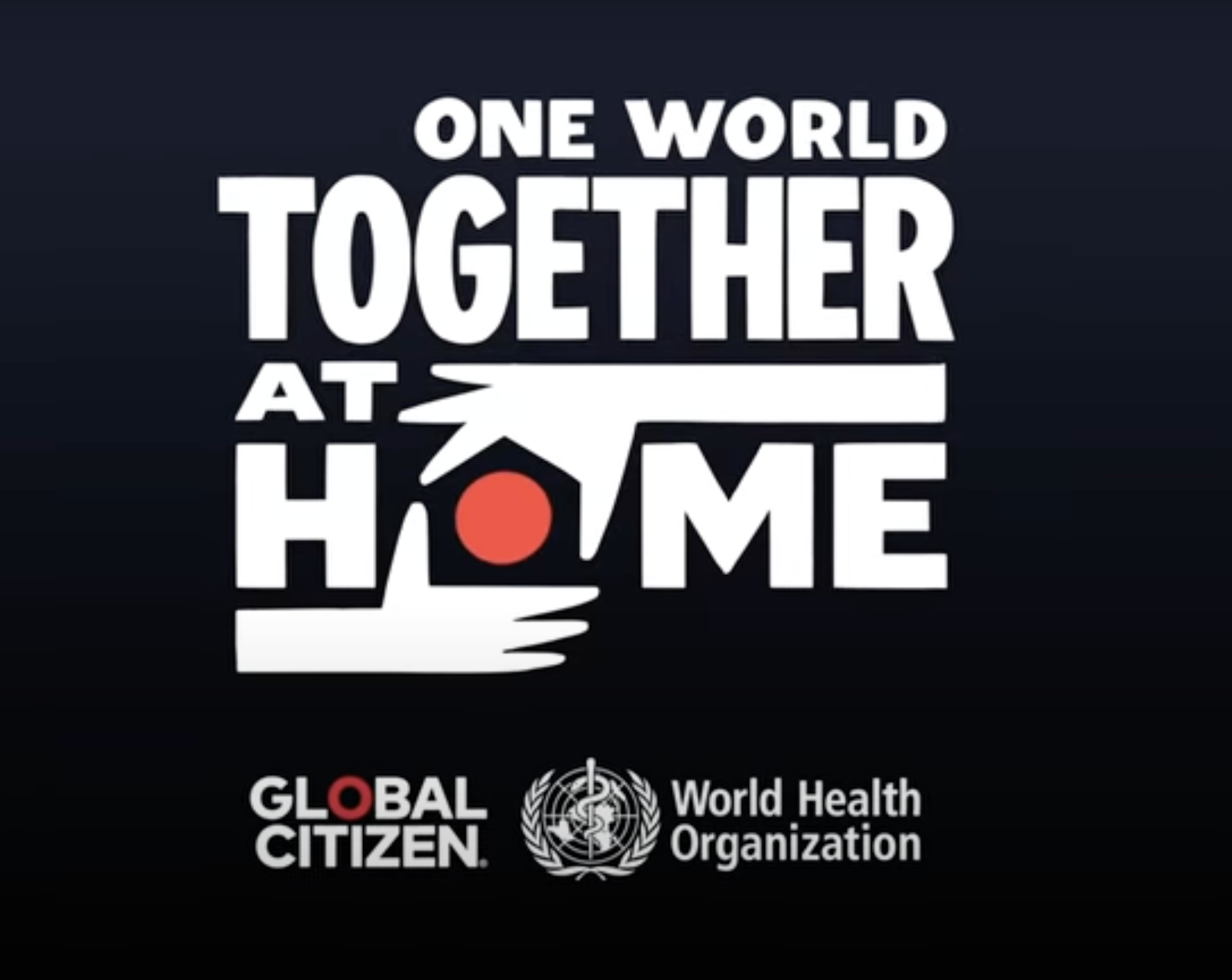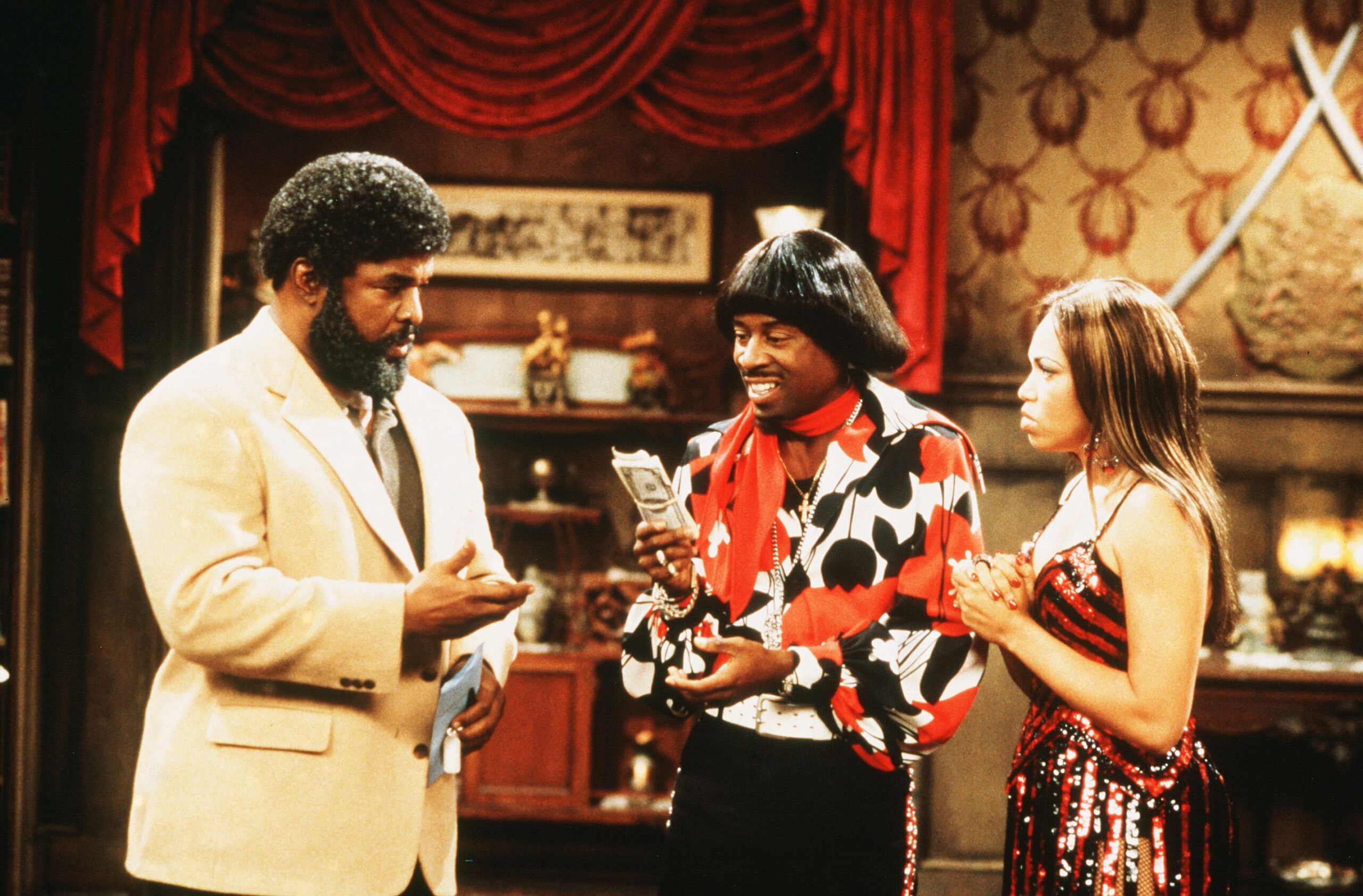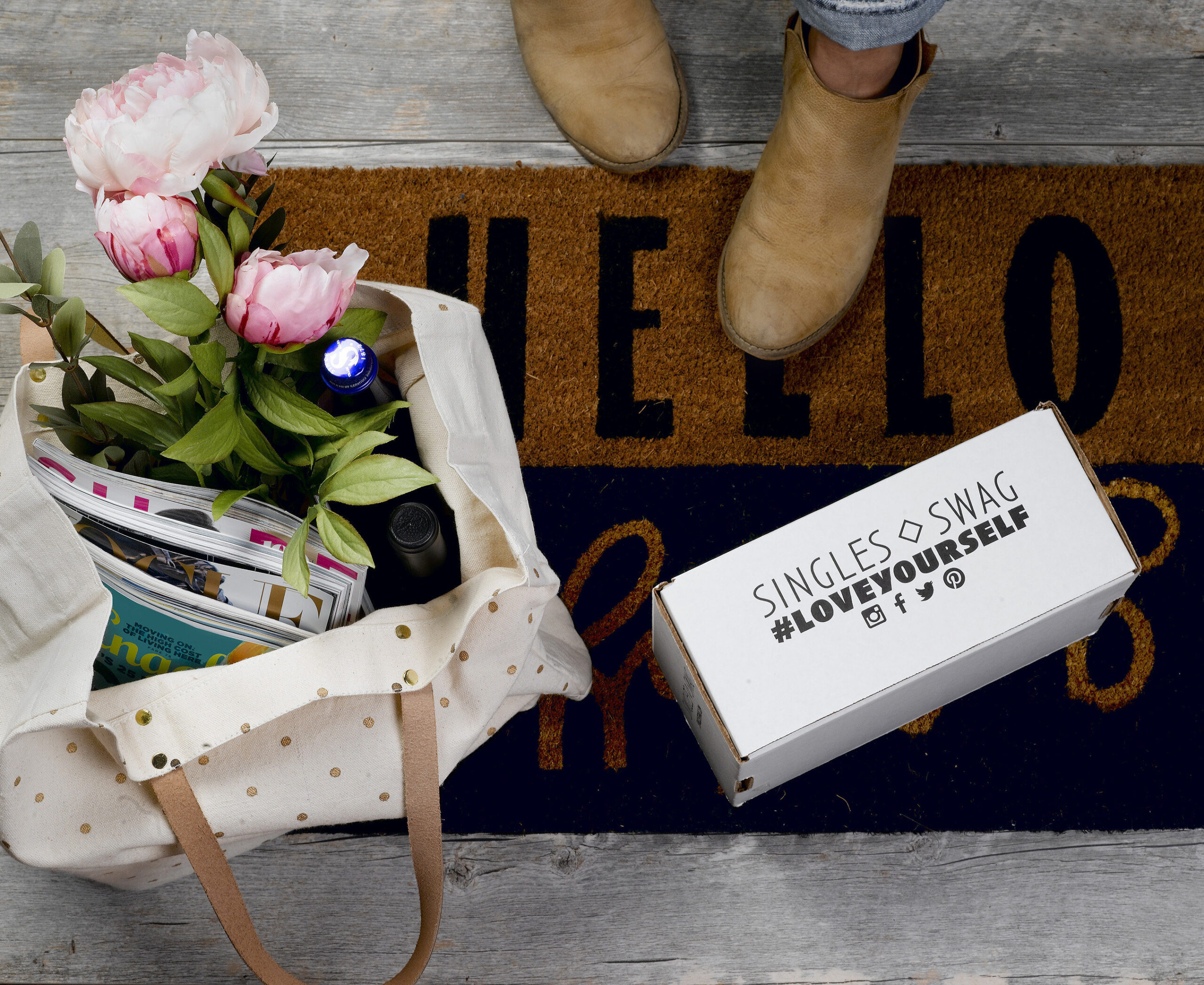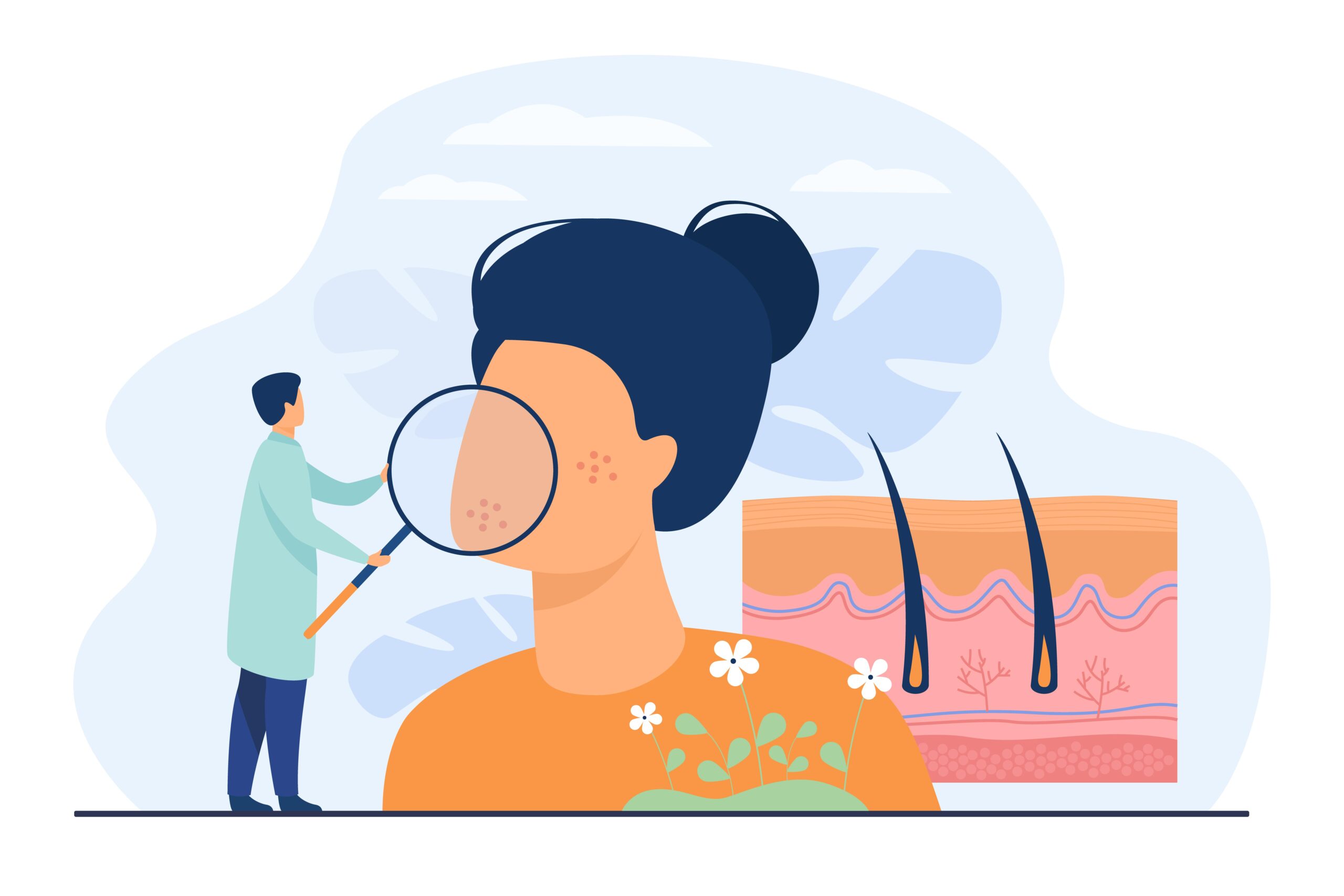
Skincare is having a moment right now, since so many of us are spending our time at home, foregoing makeup but obsessing over our skin in the mirror.
The result is that many people have adopted wonderful skincare routines that make them feel pampered, while online,skincare communities are seeing growth in inquiries.
When Skincare Questions Are Actually Healthcare Questions
Many of us turn to the internet first when we’re not sure about our personal health. Usually, this is just a bit of pre-emptive research before going to the doctor. However, when it comes to the skin, we’re quick to dismiss our own concerns as simply cosmetic. The result? Many people ask serious healthcare questions on beauty forums, instead of talking to their doctor.
Few people out there are as keenly aware of the intersection of skincare and healthcare as the moderators of Reddit’s incredibly popular SkincareAddiction (ScA) subreddit.
The subreddit’s intended purpose is to discuss skincare products and grooming, but with over a million subscribers, things get a little more complicated.
“ScA gets a mix of people who enjoy skincare as a hobby or for self-care, but also people who are reaching out, desperate for help,” explains one of the subreddit moderators, who goes by the username Sunscreenpuppy.
The subreddit is full of skincare product reviews, before and after photos, and “shelfies” which are basically glam photos of a user’s skincare routine. It’s also filled with urgent questions about rashes, moles, and sometimes even severe skin infections, with users asking both for diagnosis and treatment advice.
That’s not particularly surprising. In the US, even those with health insurance may still have to cover a copay of $15 to $25 to see a regular doctor, while seeing a specialist like a dermatologist costs more. Without health insurance, those consultations can go up to $100 to $200 or more.
Dr. Angelo Landriscina, a board-certified dermatologist whose personal blog and social media accounts are excellent skincare and skin health resources, sees access to dermagolotical care as a significant problem in the US.
“The Urban Institute estimates that roughly 31.5 million Americans will be uninsured by the end of 2020. 3.5 million of these will have become uninsured during 2020 due to loss of employer-sponsored health coverage,” he says. “We also know that patients with publicly-funded coverage such as Medicaid have longer average wait times to be seen by a dermatologist than those with private insurance.”
He also adds concerns over the actual number of dermatologists practicing in the US. “There are just under 20,000 dermatologists in the US. Doing some quick math, that’s roughly 16,550 Americans per dermatologist,” he says. “What’s more is that some areas of the US are dermatology deserts – density of practitioners varies, and many areas are underserved.”
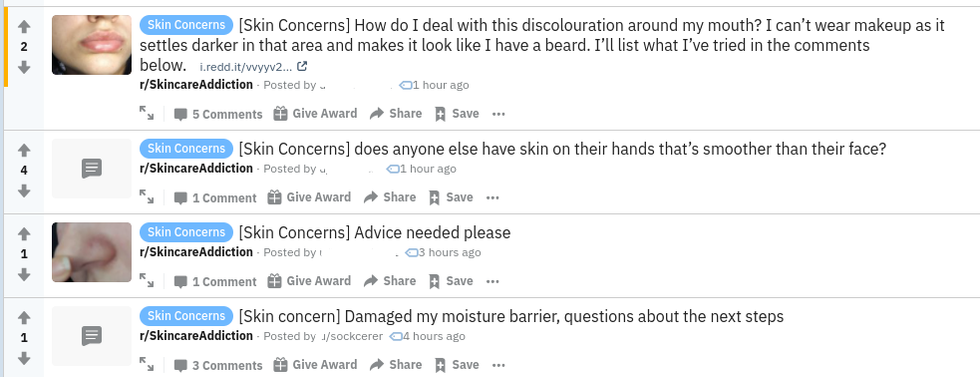 Common skin concerns often posted to /r/ScA
Common skin concerns often posted to /r/ScA
As a result, people turn to online beauty communities, where users aren’t qualified or equipped to answer the questions they are asked.
“Every day, there are questions posted in the subreddit that we have to assess. Does this person need to get in touch with a doctor or can it be managed at home?” explains another ScA moderator, who goes by the username _ihavemanynames_. “It’s basically triage, and we moderators are not trained to do that, we don’t have medical backgrounds.”
“These people come to /r/SkincareAddiction anyway because it’s accessible and free and they trust us, so we try to help them as best as we can,” she says.
While anyone can give advice on ScA, the culture of the subreddit is such that even if the moderators don’t manage to remove a post, users will often direct posters to seek professional medical care. Unfortunately, the same isn’t true on other platforms.
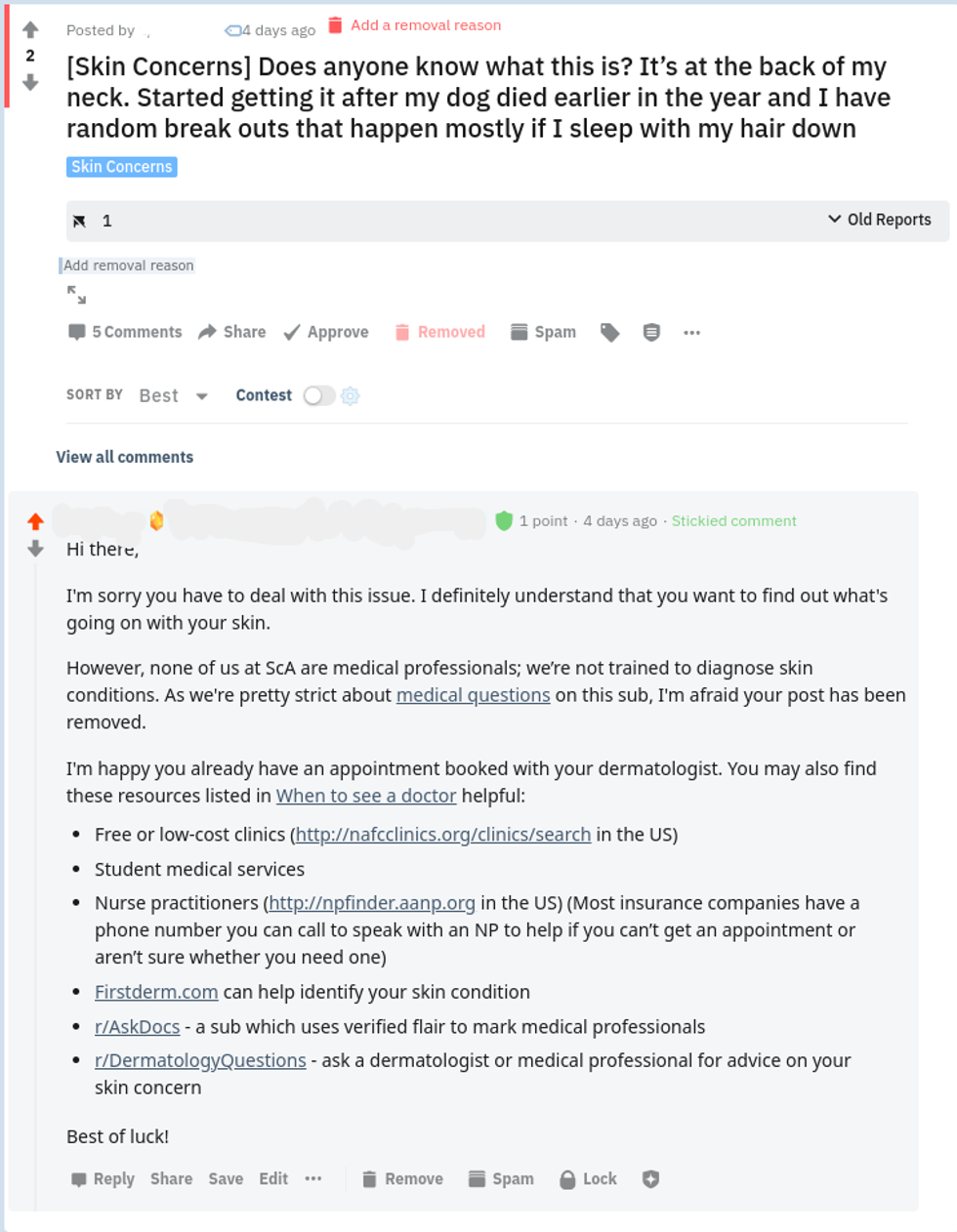 How moderators deal with medical concerns
How moderators deal with medical concerns
“People often turn to Facebook groups or other outlets centered on “beauty” for opinions on medical conditions, including wounds and rashes,” says Dr. Landriscina. “I’ve seen this time and again: someone will post a low-quality picture looking for advice, garnering comments with “diagnoses” from their untrained peers.”
Dr. Landriscina mentions a few studies that back up his concerns. One study from 2020, a cross-sectional survey, showed that a large percentage of acne-patients had turned to social media for medical advice and often followed treatments that weren’t back by science or recommended by the American Academy of Dermatology (AAD).
Another paper from this year that analyzed social media content showed that inaccurate treatment advice on YouTube, generally given by those without professional expertise, received more views and engagement than high-quality content. In other words, when a person goes online seeking a cure for acne or a rash, they’re bombarded with glossy but wrong and potentially dangerous information.
What builds on the issue is that a lot of the content online is actually covert or explicit advertising. “Many people fall into the cycle of buying a new product in the hopes that it will ‘fix’ their skin, being disappointed, turning to social media for more answers, and finding a new product to buy,” says Dr. Landriscina.
While a big part of the issue is education, the fact of the matter is that even those who would like to see a dermatologist can’t always afford it.
Dr. Landriscina highlights that it’s not just a question of dermatological care. “For those who have some kind of health coverage but can’t access dermatology directly, don’t hesitate to ask your primary care doctor for help,” he suggests. “They are your champion when it comes to navigating the medical system and they may be able to help with the issue at hand.”
He recommends checking out the National Association of Free & Charitable Clinics (NAFC), which has a list of over 1,400 clinics that offer affordable treatment to those without access to health insurance.
If you’re uncertain as to whether your skin concern deserved medical attention, it’s better to err on the side of caution. SkincareAddiction’s moderators have a post that gives advice on when to see a doctor that might be helpful as well, plus it includes additional healthcare resources for those with limited access.
However, in the long term, the solution is clear. “We need to make healthcare more affordable,” Dr. Landriscina says. “Whether that be adding a public option or going completely single-payer, something needs to be done. Our healthcare system is broken, and until we fix it, people will continue to suffer.
- A New Way To Access Mental Healthcare ›
- Skincare in Times of Crisis: How Skincare Is Sold as Self-Care … ›
- 6 Products I Want From Zoe Kravitz’s Vogue Beauty Secrets – Popdust ›


